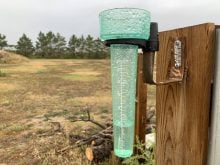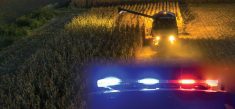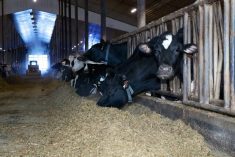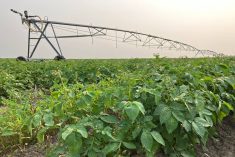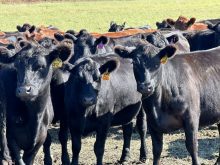Scott Meers, integrated crop management specialist with Alberta Agriculture and Rural Development, talked about the insect surveying that is done annually in Alberta, during his presentation at Agronomy Update 2011.
In Alberta, seven insects are surveyed on an annual basis: Bertha armyworm, diamondback moth, wheat midge, wheat stem sawfly, grasshoppers, pea leaf weevil and the cabbage seedpod weevil. As well as these seven, other insects are surveyed as needed and on a study-by-study and research basis.
“Over the course of a season, about 200 people get involved to bring the insect survey information together,” says Meers. “Real-time maps are already up and available on Alberta Agriculture’s website. These maps provide producers with information by county, pest, numbers, and researchers. The maps will be continually updated throughout the growing season.”
Read Also
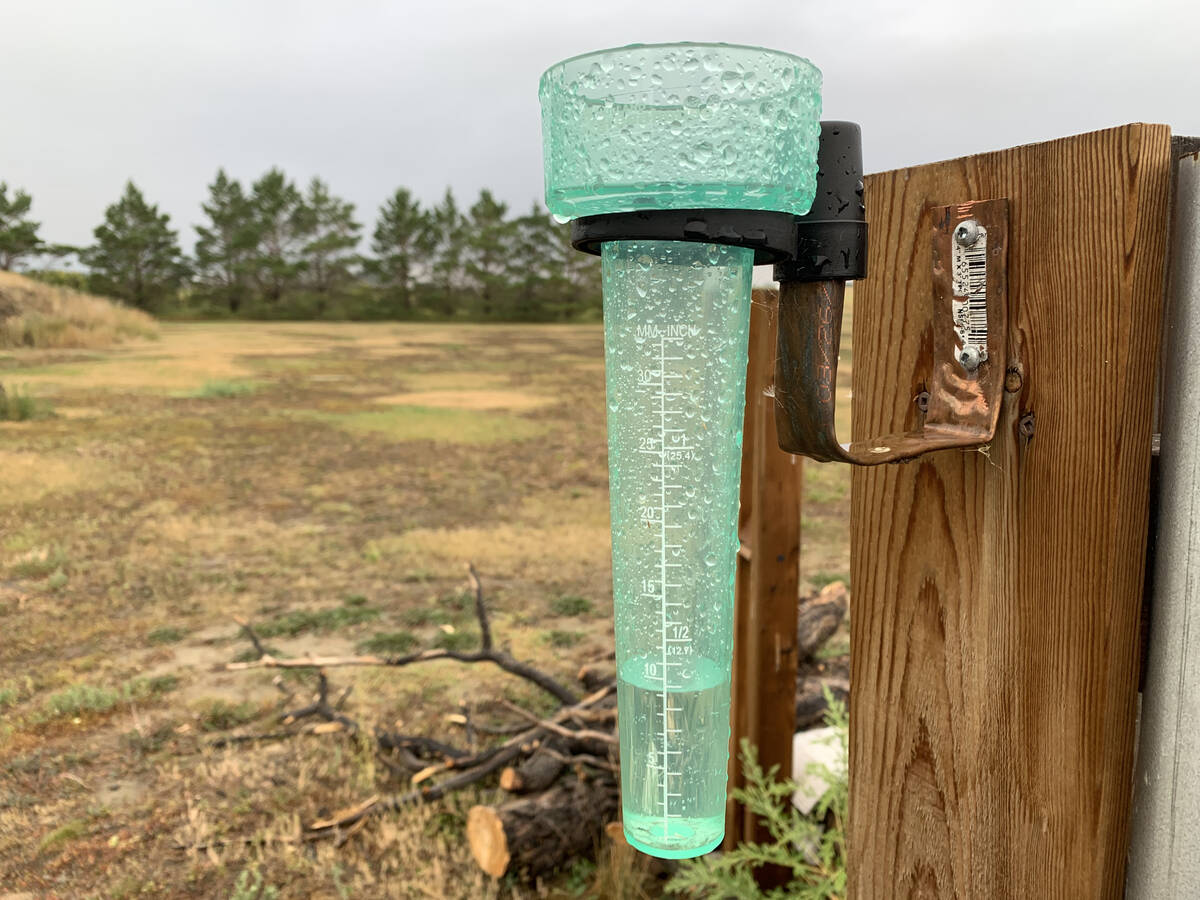
Western B.C., parts of Prairies received drought relief in October
Drought monitor for Western Canada for October
Bertha armyworm – Alberta is currently at the low end of this pest’s cycle. However, last year, three sites were identified as watch areas, and these areas could be an early warning of population resurgence.
Diamondback moth – this pest is monitored by catching the adults and then extrapolating population information. This is a migrating pest and each year is unique, and early detection serves as a good warning for this pest.
Wheat stem sawfly – surveys of this pest are done after harvest. In general, population numbers are lower. Higher levels of parasitism in some fields could be the reason for the population decline. That said, fields are very individual and producers should conduct their own field scouting.
Grasshoppers – ag fieldmen conduct this watch, and this is the most extensively surveyed pest across the province. In 2010, some 1,200 sites were surveyed. The general observation is surprisingly low, mostly due to the moisture received in southern Alberta. The risk for grasshoppers is mostly in forage production and grazing areas and not so much in the annual crop areas. However, a warm, dry spring could result in a resurgence.
Pea leaf weevil – has not increased in severity north of Highway #1 yet. Some feeding notches have been found in areas north of that point, so indications are that it is making its way north.
Cabbage seedpod weevil – this is a perennial insect problem in southern Alberta (south of Hwy. #1). Producers who have been fighting this pest will be fighting it once again in 2011. This pest has gone through an ideal season, so numbers are expected to be high again this season.
Wheat midge – there was a definite increase in 2010 and there are now potential problem spots well into southern Alberta. This is a very moisture-dependent insect and has been seen in significant numbers in irrigated fields in southern Alberta. In wet years, its numbers climb dramatically and causes yield and grade losses.
“With wheat midge, crops are susceptible as soon as the head is accessible and right up into anthesis,” says Meers. “Seeding timing is an effective management practice in combating this pest. Keep in mind that it is a serious pest for 2011.”
Cereal leaf beetle – is well established now in the Taber county area. This pest prefers annual crops, oats first and then barley and wheat. It seems to also like winter wheat in Alberta.
“Spring weather conditions will make a big difference in what producers could experience in the coming growing season,” says Meers. “As well as keeping abreast of the most recent survey information presented on the online maps, monitoring your fields is the best management practice producers can use.”
Insect maps can be found on Alberta Agriculture’s website at www.agriculture.alberta.ca and click on the Maps &Multimedia tab. Weekly insect update interviews are aired on Thursdays on Call of the Land during the growing season.


